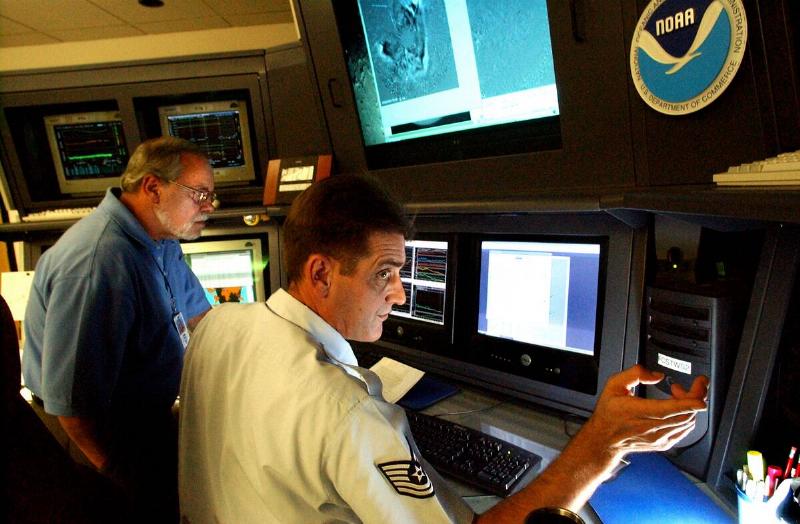“Decades Later: New Evidence Unveils the Mysterious Origin of the Ocean’s ‘Bloop’ Sound—What Scientists Discovered Will Shock You!”
Ever thought about how the ocean can be a real-life version of a horror movie? I mean, from UFO sightings to strange noises in the dead of night, it’s easy for fear and curiosity to spark wild imaginations. Case in point: the infamous “bloop” that echoed through the Pacific in 1997. Initially met with a mix of intrigue and dread, it led many to concoct mind-bending theories—was it a giant sea creature, or maybe a secret military experiment? Luckily, after years of pondering and prodding into the deep blue, scientists finally put the mystery to rest. Curious yet? Let’s dive into what that sound really was! LEARN MORE.From time to time, there are unexplained phenomena that capture the public’s curiosity. Whether it’s a UFO, mysterious tracks in the woods, or an unexplained sound at night, it seldom takes long for fear and curiosity to intermingle.
And when that happens, the public’s imagination runs away with them, and colorful theories abound. That was precisely what happened after a strange “bloop” appeared in the Pacific Ocean in 1997. But after years of speculation and wondering, scientists finally figured out what it was.
Not what they were looking for

According to the National Oceanic and Atmospheric Administration (NOAA), researchers had set up underwater microphones called hydrophones throughout the southern Pacific Ocean.
The Antarctic hydrophones allowed them to listen for underwater volcanic activity.
The noise that launched a mystery

But as Wired reported, one day in 1997 saw those hydrophones pick up an extremely loud, ultra-low frequency sound.
This tone was loud enough that hydrophones placed over 3,000 miles apart were able to pick it up.
Nothing they’d heard before

Researchers logged multiple instances of this loud sound, but its unique characteristics made it hard to describe as anything but the “bloop.”
And for almost a decade, it confounded the world as nothing like it had been recorded before then.
A daunting task

Although members of the NOAA’s Pacific Marine Environmental Laboratory (PMEL) were fascinated by the sound and eager to learn its origin, this was no easy task.
That’s because over 95% of the depths of the world’s oceans have yet to be explored by humans. Finding what made the “bloop” was akin to searching for a very loud needle in the world’s biggest haystack.
The “bloop” goes public

According to Wired, a wide array of colorful theories gained popularity as the public gradually caught wind of the “bloop” in the years that followed the discovery.
And as media reports described the sound as “organic” in nature, those theories only escalated.
The most popular theory

Given this “organic” framing of the noise, perhaps the most popular theory among the public was that some massive sea creature had caused the “bloop.”
After all, it’s not unheard of for new species to be discovered even decades after this sound was first detected.
The stuff of legends

According to the NOAA, one of the possibilities people entertained at the time was that the bloop had come from a giant squid.
But for that to be true, it would have to be a squid of unprecedented size that would look like it came from 20,000 Leagues Under The Sea.
Slightly more plausible

Other theories held a massive whale responsible for the sound. And since the world is home to some truly gargantuan whale species (like the blue whale pictured here), the idea that one was behind the “bloop” didn’t seem completely implausible.
Still, either a blue whale would have to make a noise that scientists had never observed before, or an even larger, undiscovered whale species would need to exist.
The most outlandish hypothesis

Those unsatisfied with these explanations who nonetheless believed the “bloop” originated from a life form ended up getting creative with their explanations.
For some, the noise was caused by what the NOAA described as “some sea creature unknown to science.”
Only half-kidding

As Wired reported, some horror fans were excited to point out that the point of origin for the “bloop” was just over 1,000 miles from where author H.P. Lovecraft envisioned the sunken city of R’yleh.
For those unaware, that city was where the infamous mythical creature Cthulu was supposed to be held. And while most of these horror aficionados weren’t seriously suggesting an escaped Cthulu was causing havoc near the South Pole, it was an attractive thought.



















